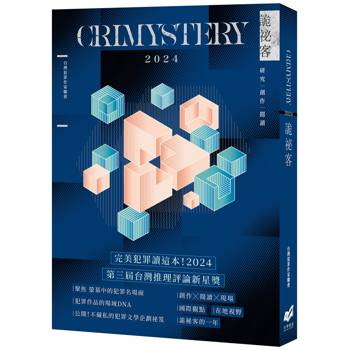Conduct data-driven marketing research and analysis with hands-on examples using Python by leveraging open-source tools and libraries
Key Features- Analyze marketing data using proper statistical techniques
- Use data modeling and analytics to understand customer preferences and enhance strategies without complex math
- Implement Python libraries like DoWhy, Pandas, and Prophet in a business setting with examples and use cases
- Purchase of the print or Kindle book includes a free PDF eBook
Most marketing professionals are familiar with various sources of customer data that promise insights for success. There are extensive sources of data, from customer surveys to digital marketing data. Moreover, there is an increasing variety of tools and techniques to shape data, from small to big data. However, having the right knowledge and understanding the context of how to use data and tools is crucial.
In this book, you’ll learn how to give context to your data and turn it into useful information. You’ll understand how and where to use a tool or dataset for a specific question, exploring the "what and why questions" to provide real value to your stakeholders. Using Python, this book will delve into the basics of analytics and causal inference. Then, you’ll focus on visualization and presentation, followed by understanding guidelines on how to present and condense large amounts of information into KPIs. After learning how to plan ahead and forecast, you’ll delve into customer analytics and insights. Finally, you’ll measure the effectiveness of your marketing efforts and derive insights for data-driven decision-making.
By the end of this book, you’ll understand the tools you need to use on specific datasets to provide context and shape your data, as well as to gain information to boost your marketing efforts.
What you will learn- Understand the basic ideas behind the main statistical models used in marketing analytics
- Apply the right models and tools to a specific analytical question
- Discover how to conduct causal inference, experimentation, and statistical modeling with Python
- Implement common open source Python libraries for specific use cases with immediately applicable code
- Analyze customer lifetime data and generate customer insights
- Go through the different stages of analytics, from descriptive to prescriptive
This book is for data analysts and data scientists working in a marketing team supporting analytics and marketing research, who want to provide better insights that lead to data-driven decision-making. Prior knowledge of Python, data analysis, and statistics is required to get the most out of this book.
Table of Contents- What is Marketing Analytics?
- Extracting and Exploring Data with Singer and pandas
- Design Principles and Presenting Results with Streamlit
- Econometrics and Causal Inference with Statsmodels and PyMC
- Forecasting with Prophet, ARIMA, and Other Models Using StatsForecast
- Anomaly Detection with StatsForecast and PyMC
- Customer Insights - Segmentation and RFM
- Customer Lifetime Value with PyMC Marketing
- Customer Survey Analysis
- Conjoint Analysis with pandas and Statsmodels
- Multi-Touch Digital Attribution
- Media Mix Modeling with PyMC Marketing
- Running Experiments with PyMC












